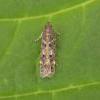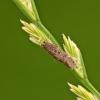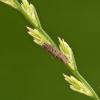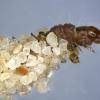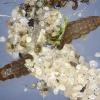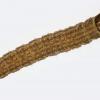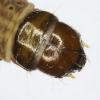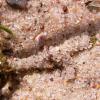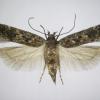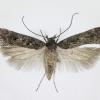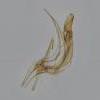35.096 Chionodes fumatella (Douglas, 1850)
Status and Distribution
Local, occasionally locally common, over much of England and the northern half of Wales. Very local in northern England, Ireland and eastern Scotland as far north as the Shetland Islands. Apparently absent from most of western Scotland, Isle of Man and the Channel Islands.
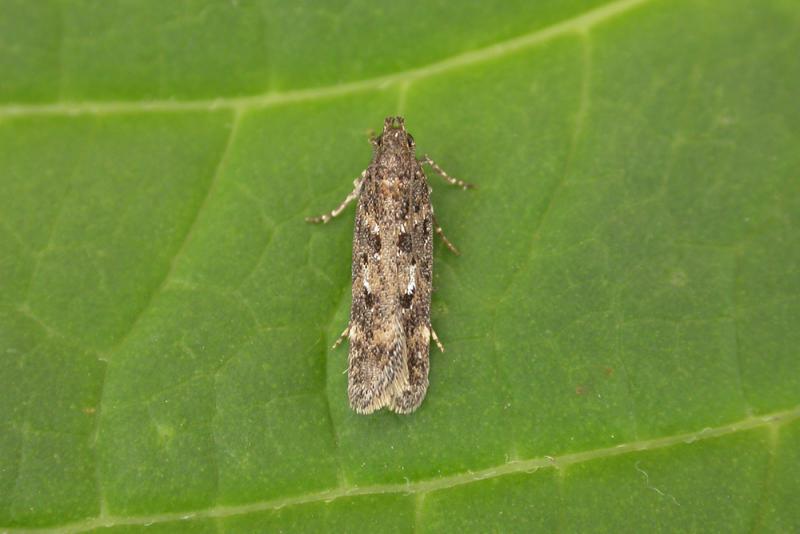
Provisional map
Foodplant and Larval Feeding Signs
On the mosses Barbula convoluta (lesser bird's-claw beard-moss), see plant distribution map, and Brachythecium albicans (white feather moss). For more detail see Beavan & Heckford, 2016.
Feeds on the surface of mosses leaving minute traces of silk or beneath the mosses in sand-covered silken tubes.
Habitat
Formerly found mainly in coastal areas but now recorded extensively inland. Sandy coasts, riverbanks, chalk grassland, vegetated spoil heaps, disused quarries, heath grassland and occasionally in gardens.
Finding the Moth
Larva: feeds on the surface of mosses leaving minute traces of silk or beneath the mosses in sand-covered silken tubes.
Adult: observed flying low over mossy area of sand dunes during the day and also amongst marram grass; comes readily to light.
Similar Species
Chionodes fumatella is generally a darker species than C. distinctella with varying degrees of blackish speckling and up to three prominent black spots on the forewing. The black spot in the centre at one-third is often present in both species but is usually more obvious and larger in C. fumatella, this feature being further accentuated by the surrounding small patches of white scales. A few scattered white scales may occur in this area in C. distinctella but they are generally less extensive.
The colour and markings can vary quite considerably within C. distinctella, the forewing colour ranging from pale to dark brown sometimes without any contrasting areas and occasionally showing strongly contrasting patches of lighter ochreous and darker brown. As can be seen with the photograph of the Invernesshire moth in the Images section this contrast does occasionally occur in C. fumatella. In the case of any doubt, they are best separated by dissection.
The uncus on the male genitalia of C. fumatella is narrower and has a short projecting thorn in the centre which can be seen under a microscope without a full dissection by brushing off the end scales from the abdomen. As C. distinctella is on the wing slightly earlier, dissection of any suspected C. fumatella in early or mid June is advisable.
Single brooded in July and August.
Earliest: 4th June 2011 (VC28)
Latest: 3rd September 2003 (VC11)

